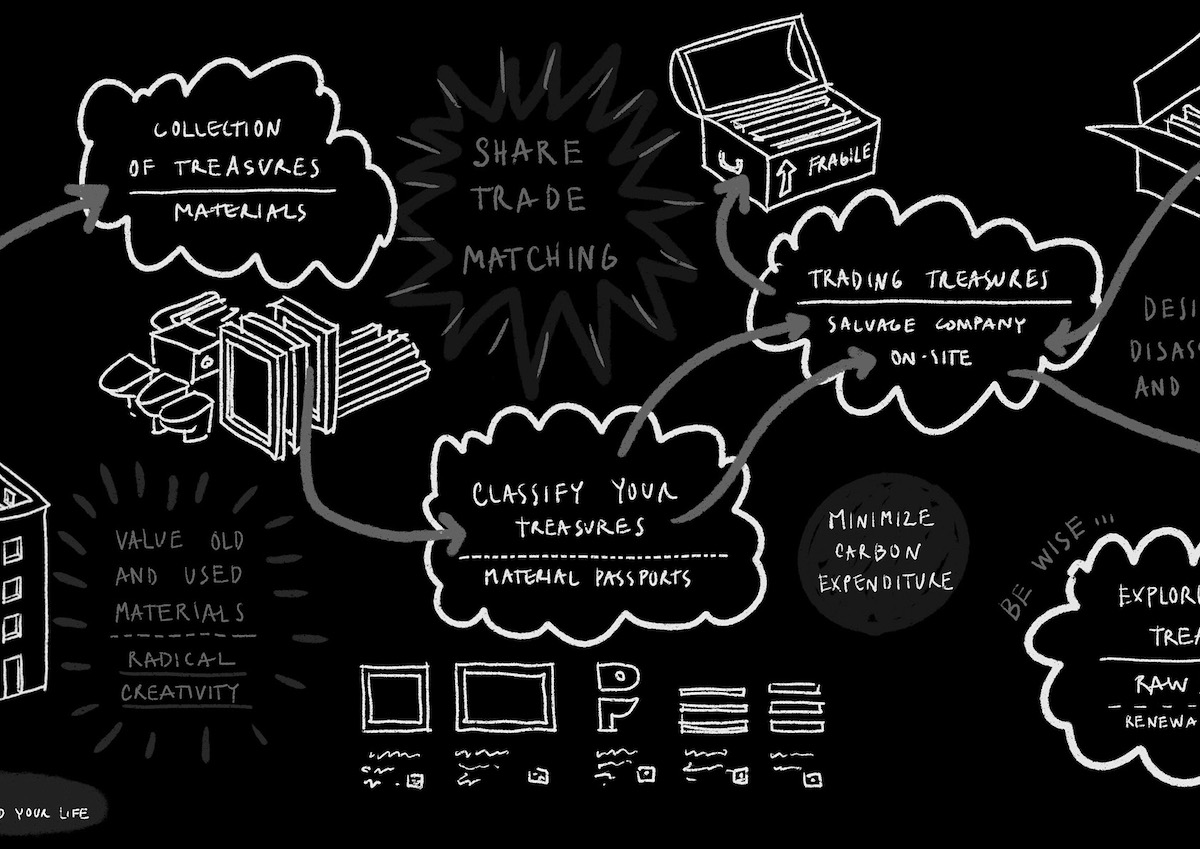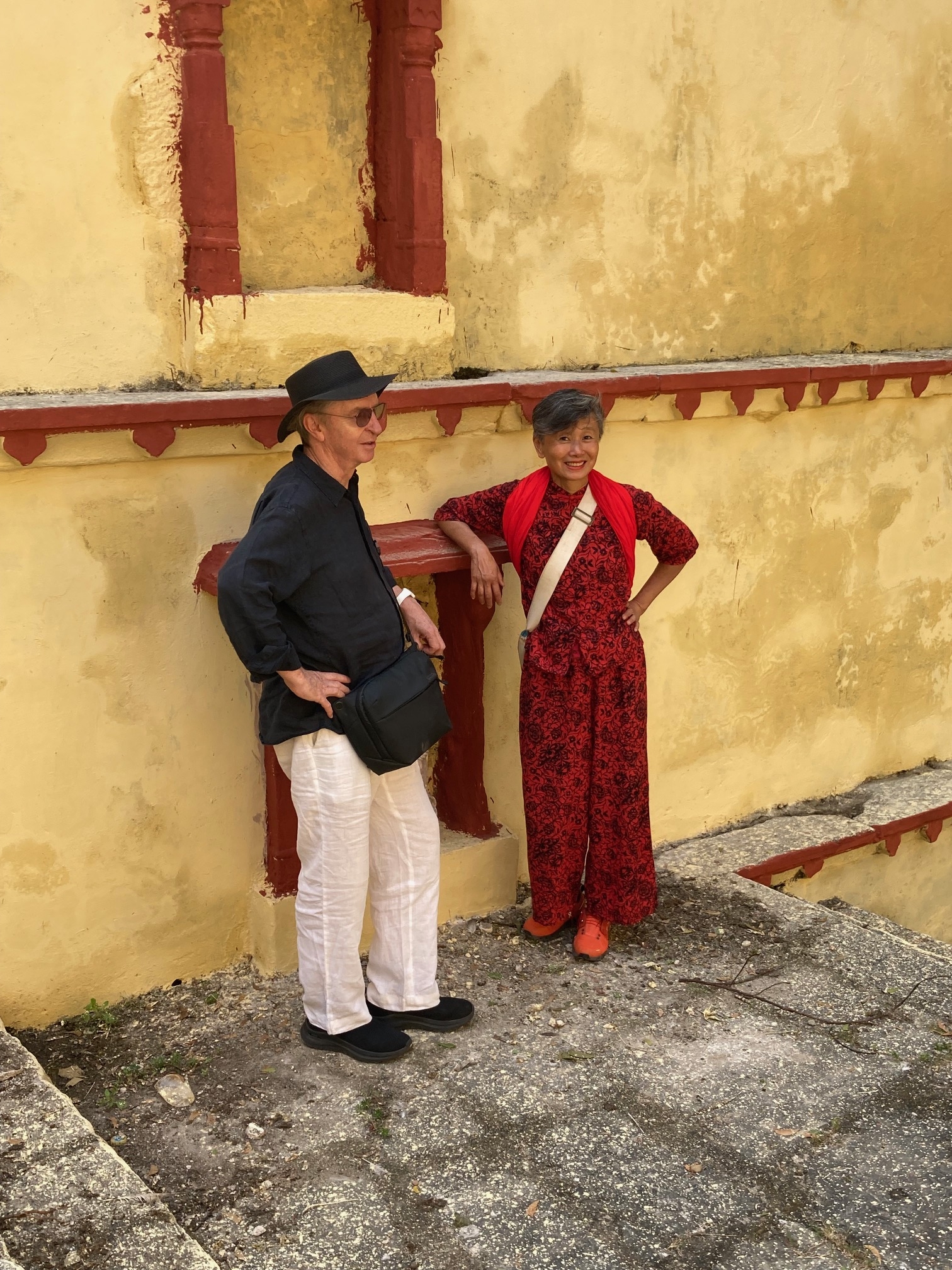The Head of Design at Foster + Partners on La Rochelle, a city that has quietly been defining what it means to be sustainable since before the Millennium.

La Rochelle, Charente Maritime, France. Photo by Globetrotteur17 / Flickr.

La Rochelle is that rare combination of history and innovation. It is proof that the two need not compete, but instead can be fully integrated and mutually complementary. As a city, it captivates me because it is a fabulously beautiful historic port on the French Atlantic coast, where progressive environmental policies have been at the heart of the local government since the early 1980s. Its pioneering green agenda together with the intelligent preservation of its rich architectural heritage has been a model for many other French towns and cities – and certainly an inspiration to me. I am a frequent visitor, not only because it is an exemplar of sustainable urban design, but also because it is simply a wonderful place to be. Sitting in a cafe on the port or enjoying the extraordinary consistency of the architectural hinterland is one of the great pleasures of life.
A Huguenot stronghold, it enjoyed a certain freedom and prosperity, until the brutal siege of La Rochelle in 1627. Many of the town’s Huguenots emigrated – including a number who came to Spitalfields in London – creating an interesting historical link between these two places. The impressive fortified harbour of the Vieux Port is a monumental counterpoint to the bustling eighteenth century arcaded shopfronts along the Rue du Palais or the cafes at Place de Verdun.
The form of the city – with its colonnaded shop fronts creating a seamless transition from retail to public realm – is a highly successful device which has informed a number of our own urban planning projects. For example, the Santa Giulia masterplan in Milan has drawn inspiration from La Rochelle in terms of its scale and the relationship between inside and outside space. The consistency of the architectural style also provides a powerful visual statement and a strong urban image.
The extraordinary built legacy of the town vies for attention with the epic string of seventeenth and eighteenth century fortifications along the dramatic coastline – Fort Boyard and the arsenal of Rochefort – together with the unspoilt Ile de Re and the striking, marshy landscape to the south, which I have visited for more than 30 years. One of the most beautiful small islands in Europe, the Ile de Re has fabulous beaches, vineyards and maritime villages. Perfect for cycling, it is essential to reducing the waistline after mountains of delicious seafood!
La Rochelle was one of the first European cities to attempt to reduce environmental pollution with a progressive and integrated transport policy. The centre is largely car-free, with a network of pedestrianised streets linking to a sophisticated public transport system that makes movement around the city seamless. There is a green car-sharing fleet of hybrid vehicles as well as a refined bus network and a complementary system of boats, bicycles and taxis. Leading by example, the city council has instituted an energy policy encompassing solar panels as a major provider of hot water and electricity, and an electro-solar ferry.
While a city like London operates on a vast scale compared to La Rochelle, I believe there are lessons to be learnt: the integrated approach, the vision of its leadership and the sense of a city that is led by example are key to any urban planning strategy. La Rochelle’s healthy economy and vibrant tourist industry is also testimony to the commercial benefits of creating a truly sustainable city.
Spencer de Grey is head of design at Foster & Partners, whose projects include the Commerzbank hq in Frankfurt, the Great Court at the British Museum and the redevelopment of Dresden Station.
AT184/January 08 p72.













